Grilling is a beloved pastime that brings families and friends together over flavorful meals. However, getting your propane grill ready can sometimes feel intimidating, especially if the built-in ignition system doesn’t work. Don’t worry—learning how to light a propane grill with a lighter is a simple, safe, and essential skill for any outdoor cook. This guide will walk you through the entire process step-by-step so you can ignite your grill with confidence and start focusing on what really matters—the food!
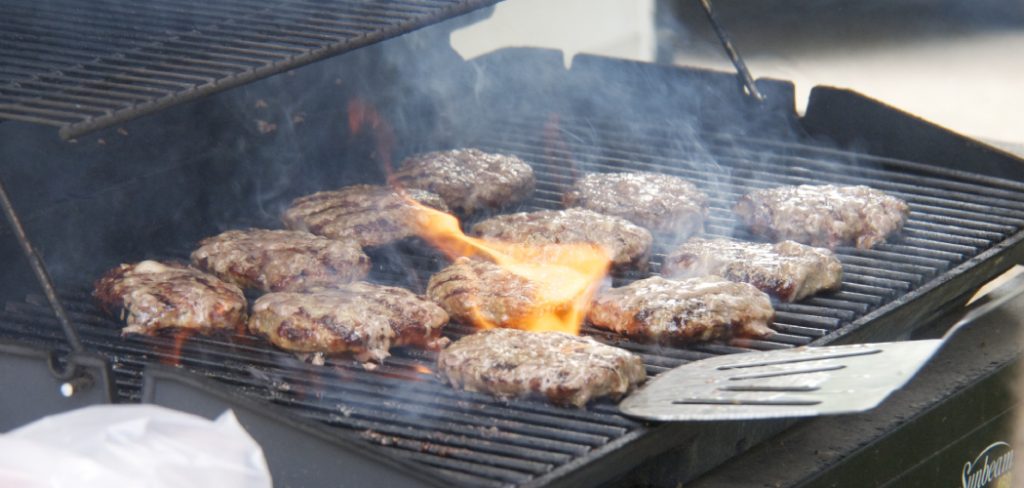
Whether you’re a first-time grill owner or a seasoned pitmaster looking for backup lighting methods, knowing how to use a lighter safely and effectively can save you time and ensure your grilling sessions go smoothly. So let’s get started!
Gathering Your Supplies
Before you can light your propane grill with a lighter, make sure you have all the necessary supplies on hand. Here’s a quick checklist to help you prepare:
- Propane tank: Make sure your tank is properly connected and has enough gas for your grilling session.
- Lighter: You’ll need a long-reach lighter specifically designed for lighting grills, such as a barbecue or fireplace lighter.
- Grill accessories: Have any necessary accessories ready, such as tongs or spatulas, for when the grill is hot and ready to use.
It’s also important to note that it’s always best to perform these steps outdoors in a well-ventilated area for safety reasons.
Why Knowing How to Light a Propane Grill with a Lighter Matters
Grilling with a propane grill is one of the quickest ways to get delicious food on the table. Unlike charcoal grills, propane options provide consistent heat and precise temperature control. But what happens when the grill’s push-button igniter fails? This is a common issue that many grill owners experience over time. Igniters, like batteries, can wear out or malfunction, leaving you wondering how to light your grill manually.
Mastering this technique means you’ll never have to cancel a barbecue due to a faulty ignition system. Plus, it’s an essential backup skill for camping trips, where reliable ignition methods are crucial. Knowing how to light your propane grill with a lighter ensures you’ll always be prepared to get the fire going without delay. Safety is key here too—using the right process minimizes the risk of accidents or damage to your grill.
10 Step-by-Step Guide: How to Light a Propane Grill with a Lighter
When using a propane grill, safety and precision are paramount. Follow these detailed steps to light your grill with ease and peace of mind.
Step 1: Inspect Your Grill for Safety
Before you even touch the lighter, take a moment to inspect your grill. Open the lid to allow any built-up gas to dissipate. Never light a grill with the lid closed, as this can cause a dangerous build-up of flammable gas. Check the propane tank for any leaks or damage. If you smell gas or detect any issues, do not proceed until the problem is resolved.
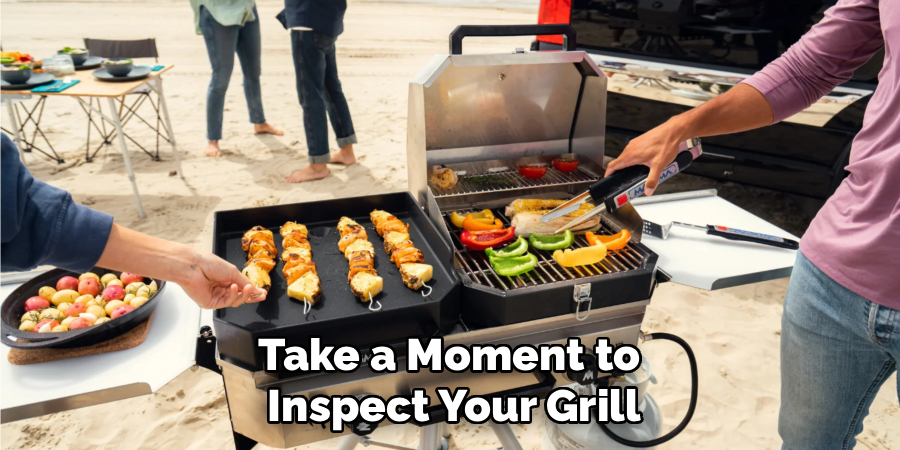
Step 2: Position Your Propane Tank Correctly
Ensure the propane tank is securely connected to your grill. Inspect the connections for tightness, but don’t overtighten them, as this could damage the fitting. The propane tank should sit upright on a stable, flat surface. Having a properly connected tank is essential for safe operation and prevents gas from leaking.
Step 3: Turn On the Propane Tank Valve
Slowly open the propane tank valve by turning it counterclockwise. Start with a full revolution to ensure gas is flowing steadily. Take a moment to listen for a faint hiss of gas, which indicates that the flow is active. It’s important not to rush this step, as opening the valve too quickly could cause gas to surge.
Step 4: Set the Grill Knob to Ignition Mode
On your grill, locate the burner control knobs. Set one burner to the “High” or “Ignition” setting, ensuring gas is flowing to the correct area. If your grill has multiple burners, it’s best to light one burner first and then use that flame to ignite the others.
Step 5: Use the Right Type of Lighter
A long, wand-style lighter is the safest and most effective tool for this process. Regular handheld lighters can bring your hand dangerously close to the gas flow and open flame. A wand lighter allows you to maintain a safe distance, reducing the risk of accidents.
Step 6: Ignite the Fire
Insert the flame of your wand lighter into the grill’s lighting hole or directly next to the burner you have set to “High.” Keep your hand steady and allow the flame to ignite the gas flow. You should hear a whooshing sound as the burner lights up. If the flame doesn’t catch after a few seconds, turn off the gas and wait a minute before trying again.
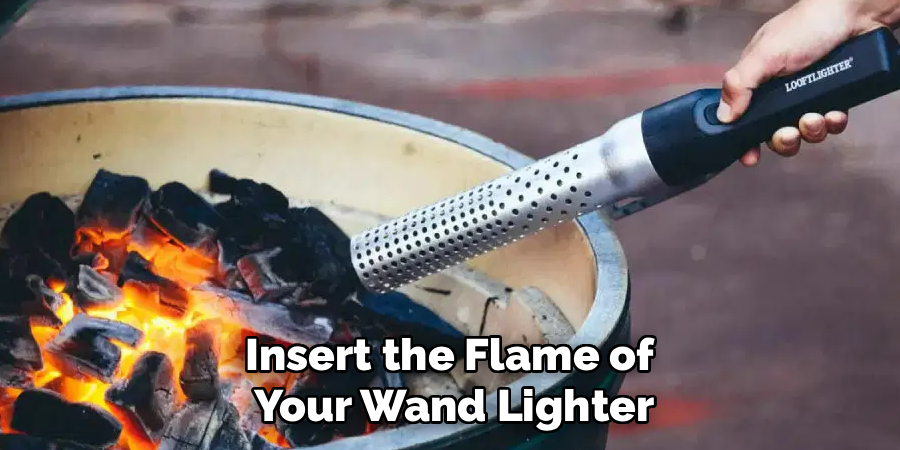
Step 7: Ignite Additional Burners
Once the first burner is lit, you can use it to ignite any additional burners on your grill. Simply turn the control knobs for the other burners to the “High” setting, and the flame should transfer across the grill’s surface. This ensures an even heat distribution for cooking.
Step 8: Check the Flame’s Strength
Inspect the flame to ensure it’s strong and stable. A good propane flame should be mostly blue with yellow tips. If the flame is too small or irregular, adjust the control knobs or check that your propane tank still has an adequate supply of gas.
Step 9: Close the Lid to Preheat
After all burners are successfully ignited, close the grill lid. Allow the grill to preheat for about 10–15 minutes before cooking. Preheating ensures consistent grilling temperatures and gives your food those signature sear marks.
Step 10: Begin Grilling!
Once your grill is preheated, you’re ready to cook! Use proper grilling techniques and keep a close eye on your food to ensure everything cooks evenly. Don’t forget to turn off the burners and the propane tank valve when you’re finished grilling.
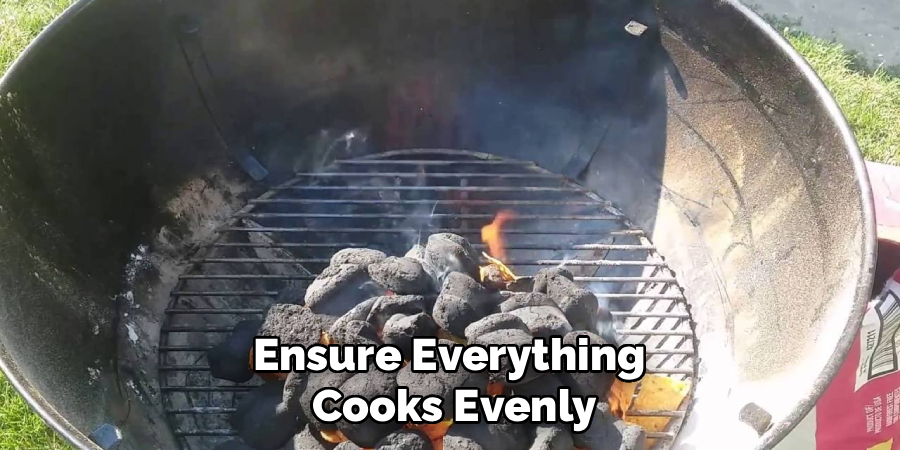
Common Grilling Mistakes to Avoid
Grilling is an art, but even seasoned grillmasters can fall into common traps that hinder the final result. One frequent mistake is skipping the preheating step—this can lead to uneven cooking and prevent those coveted sear marks from forming. Overcrowding the grill is another issue, as it reduces airflow and can cause inconsistent heating. Additionally, flipping food too often can interfere with proper caramelization and may dry out the meat.
Using the wrong tools, such as forks instead of tongs, can puncture the meat, allowing juices to escape and resulting in dryness. Lastly, neglecting to clean the grill before or after use can cause leftover residue to impart unwanted flavors onto your food. By being mindful of these errors, you can elevate your grilling game and consistently achieve delicious results.
Frequently Asked Questions
1. Can I Use Any Lighter to Light a Propane Grill?
No, not all lighters are safe or effective for lighting a propane grill. Wand lighters are specifically designed for this purpose because they allow you to reach into the grill safely without risking burns. Avoid using short lighters, matches, or homemade tools, which can be unsafe and ineffective.
2. What Should I Do If the Grill Doesn’t Light?
If your grill doesn’t ignite after following the steps above, turn off the propane tank and all burners. Wait at least five minutes for any gas buildup to dissipate before trying again. Inspect the connections and ensure the tank has enough propane. If the problem persists, your burner ports may be clogged or your grill’s gas lines may need professional inspection.
3. How Do I Check My Propane Level?
The easiest way to gauge your propane level is to pour warm water down the side of the tank and feel for a temperature change. The cooler area indicates the level of liquid propane. Alternatively, invest in a pressure gauge or scale designed to measure propane tank levels for more accuracy.
4. Is It Safe to Light a Propane Grill Without the Igniter?
Yes, lighting a propane grill manually with a lighter is safe as long as you follow proper safety precautions. The key is to open the grill lid, maintain safe distances, and use the correct type of lighter to prevent accidents.
5. Why Does the Flame Look Yellow Instead of Blue?
A yellow flame often indicates incomplete combustion, which could mean your burner ports are clogged or the air-to-gas ratio needs adjustment. Clean the burners thoroughly and consult your grill’s manual for tips on adjusting the air shutter settings.
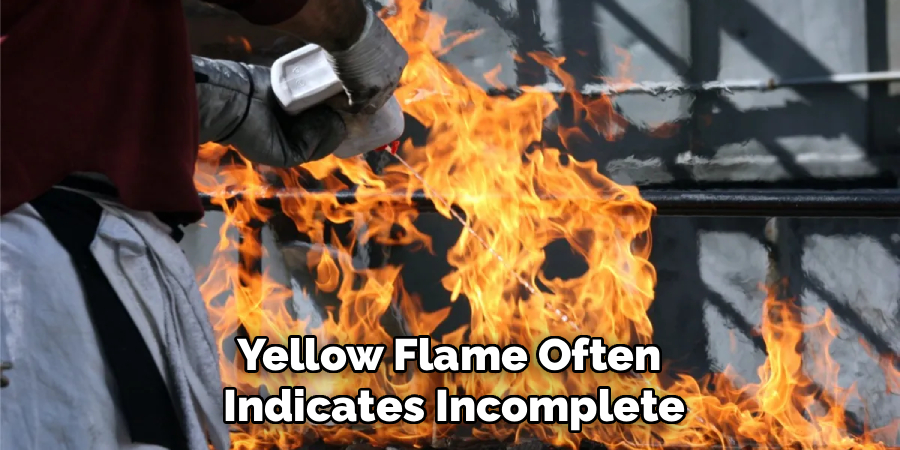
Conclusion
Lighting a propane grill with a lighter is a straightforward process that equips you with vital grilling backup skills. By following the steps outlined in this guide, you can safely and confidently start your grill even when the ignition system fails. Mastering how to light a propane grill with a lighter ensures that nothing stands between you and your next delicious barbecue meal.
Now that you know the process, it’s time to put it into practice. Gather your grilling essentials, fire up your propane grill, and enjoy the mouthwatering results with your friends and family. Safe grilling!
Professional Focus
Angela Ervin, a former interior designer turned blogger, specializes in kitchen design and renovations. Through her website, she blends her passion for cooking with design expertise, sharing practical and creative ideas. Known for balancing functionality and beauty, Angela’s insightful content has made her a trusted voice in home design and lifestyle.
About the Author
Angela Ervin, an experienced interior designer and blogger, combines her passion for kitchen renovations with storytelling. Living in Petersburg with her family, she enjoys cooking and testing her projects firsthand. Known for her humor and relatable style, Angela shares creative, functional design insights through her content, making her a trusted voice in home design.
Education History
University: Virginia Commonwealth University
Degree: Bachelor of Fine Arts (BFA) in Interior Design
- Angela’s education at VCU focused on mastering core interior design principles, including spatial planning, color theory, materials selection, and sustainable design practices.
- She gained hands-on experience through studio projects and collaborative design exercises, which honed her ability to create functional and aesthetically pleasing environments.
- Her coursework also emphasized problem-solving and practical applications of design, preparing her for real-world projects like her self-directed kitchen renovations.
- The program’s strong foundation in both technical skills and creative expression shaped Angela’s ability to seamlessly integrate form and function in her work.
